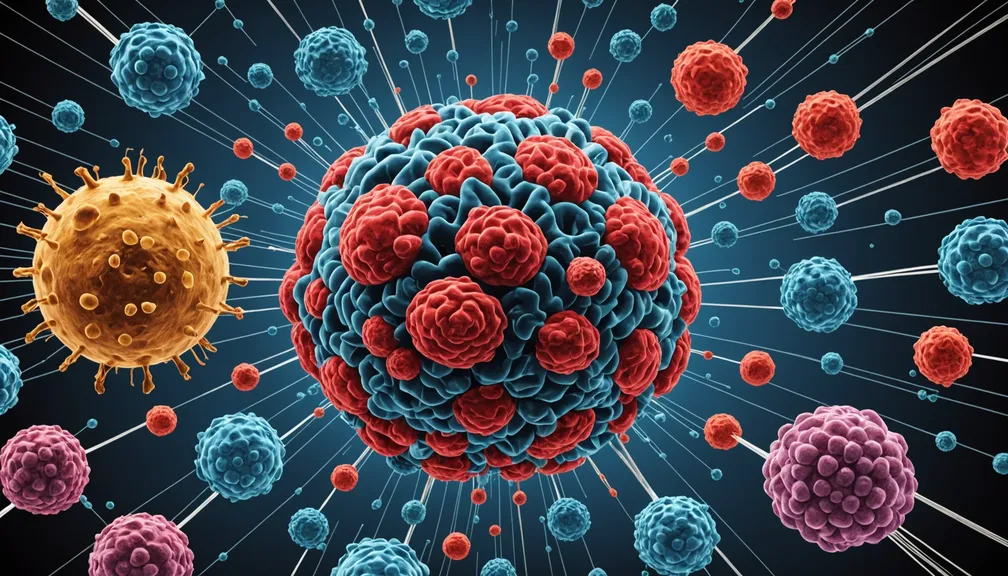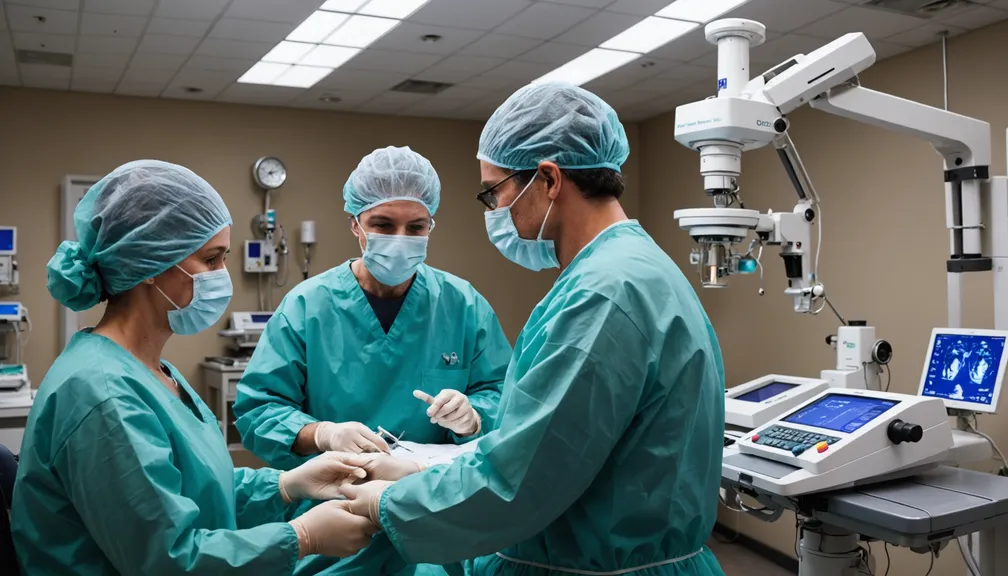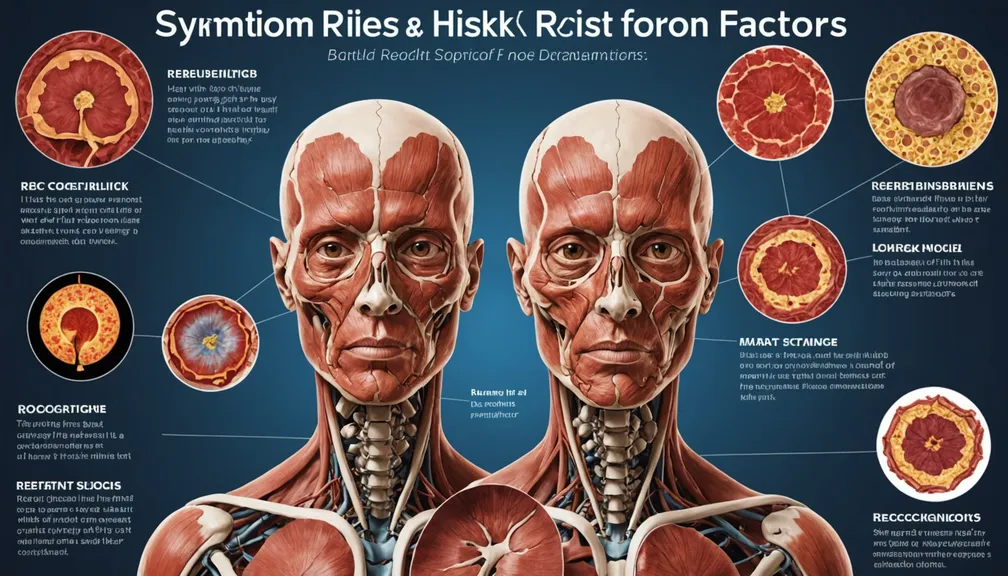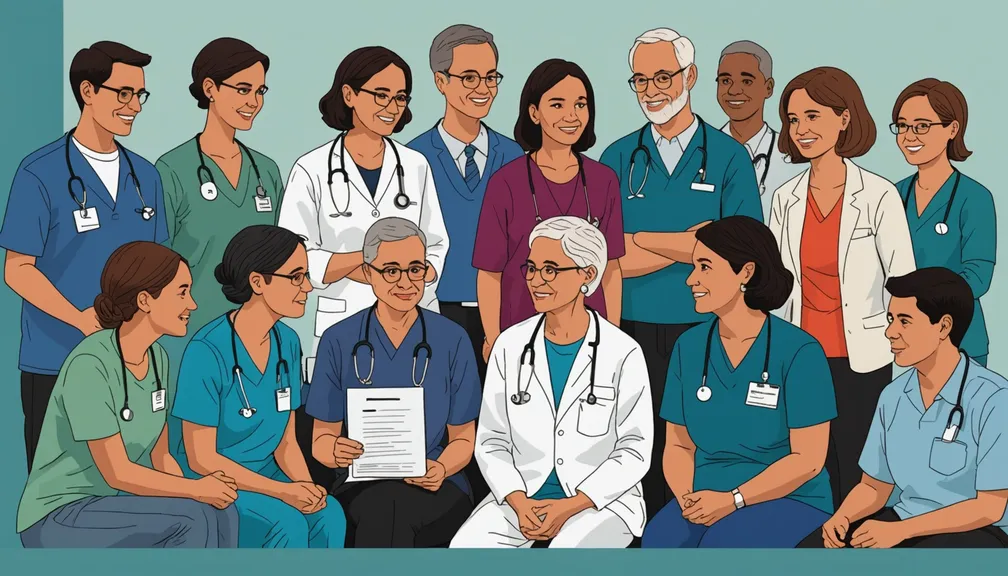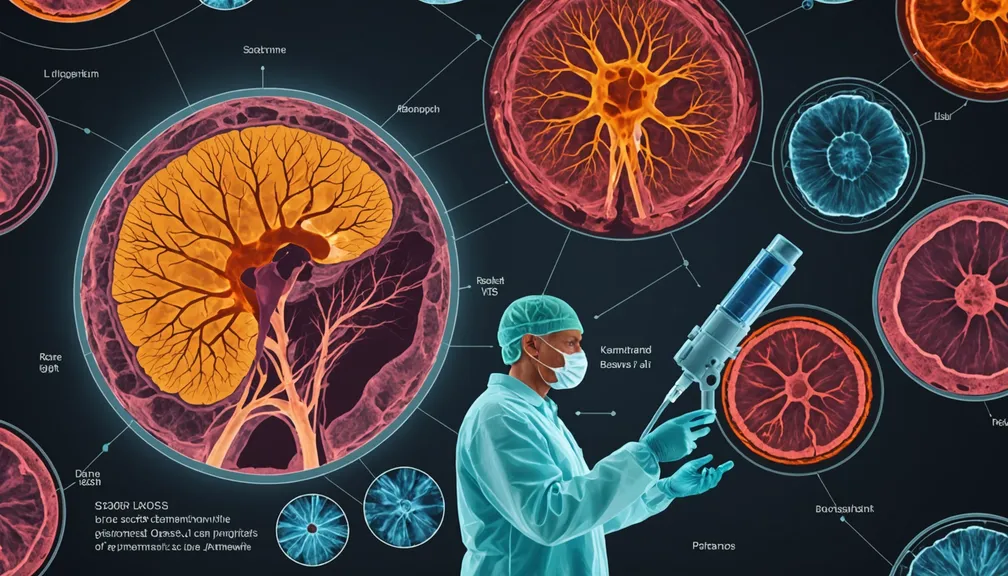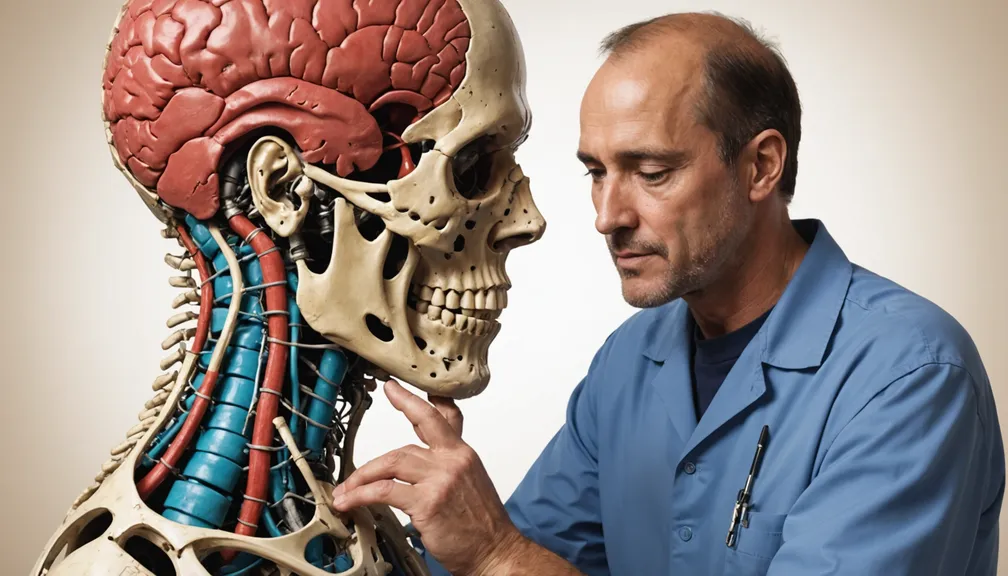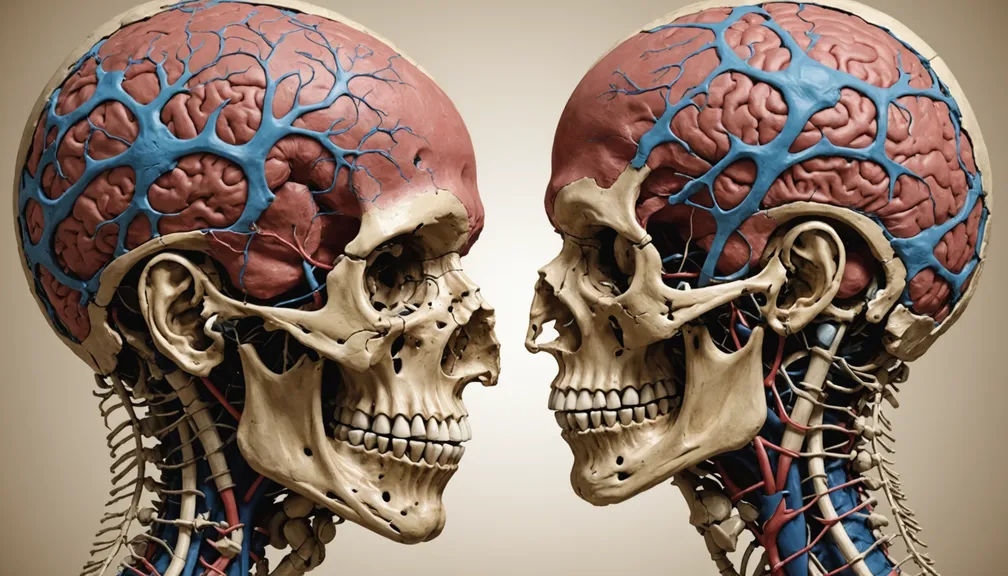Treatment Approaches: Surgery, Chemotherapy, and Radiation
Understanding the treatment options for rare solid tumors can empower you and your loved ones to make informed decisions. This lesson explores the three primary treatment methods: surgery, chemotherapy, and radiation therapy. Each approach plays a unique role in managing cancer, and often, a combination of these treatments is used to achieve the best possible outcome.
1. Surgery
Surgery is often the first-line treatment for many solid tumors, especially when the cancer is detected early and has not spread to other parts of the body.
What is Surgery?
Surgery involves the physical removal of the tumor and, in some cases, surrounding healthy tissue to ensure that all cancerous cells are eliminated.
When is Surgery Used?
- Localized Tumors: When the cancer is confined to one area and hasn't spread.
- Diagnosis: To obtain a tissue sample for accurate diagnosis.
- Symptom Relief: To alleviate symptoms caused by the tumor, such as pain or obstruction.
Types of Surgical Procedures
- Local Excision: Removing the tumor and a small margin of healthy tissue.
- Partial Resection: Removing part of an organ containing the tumor.
- Total Resection: Removing an entire organ affected by cancer.
- Minimally Invasive Surgery: Using small incisions and specialized instruments to reduce recovery time.
Benefits of Surgery
- Potential Cure: Complete removal of the tumor can lead to remission.
- Accurate Diagnosis: Provides tissue samples for precise cancer typing.
- Symptom Management: Reduces pain and other symptoms caused by the tumor.
Risks and Considerations
- Infection: As with any surgery, there's a risk of infection.
- Bleeding: Potential for excessive bleeding during or after the procedure.
- Recovery Time: Varies depending on the extent of surgery and individual health.
- Impact on Function: Removal of organs or tissues may affect bodily functions.
2. Chemotherapy
Chemotherapy uses powerful drugs to kill cancer cells or stop them from growing. It can be administered orally or through injections.
How Does Chemotherapy Work?
Chemotherapy targets rapidly dividing cells, a common characteristic of cancer cells. However, it can also affect healthy cells that divide quickly, such as those in hair follicles and the digestive system.
When is Chemotherapy Used?
- Neoadjuvant Therapy: Before surgery to shrink tumors.
- Adjuvant Therapy: After surgery to eliminate any remaining cancer cells.
- Advanced Cancer: To control cancer that has spread to other areas of the body.
Types of Chemotherapy Drugs
- Alkylating Agents: Damage the DNA of cancer cells.
- Antimetabolites: Interfere with DNA and RNA growth.
- Anti-tumor Antibiotics: Prevent cancer cells from duplicating.
- Mitotic Inhibitors: Stop cell division.
Administration Methods
- Intravenous (IV): Delivered directly into the bloodstream.
- Oral: Taken as pills or capsules.
- Injection: Injected into a muscle or under the skin.
- Topical: Applied as creams for certain skin cancers.
Common Side Effects
- Fatigue: Feeling unusually tired.
- Nausea and Vomiting: Can often be managed with medications.
- Hair Loss: Temporary loss of hair.
- Increased Infection Risk: Due to lowered white blood cell counts.
- Anemia: Reduced red blood cells can cause weakness.
Managing Side Effects
- Medication: Anti-nausea drugs and growth factors to boost blood cell counts.
- Nutrition: Maintaining a balanced diet to support strength and recovery.
- Rest: Ensuring adequate rest to combat fatigue.
- Support Services: Counseling and support groups to address emotional challenges.
3. Radiation Therapy
Radiation therapy uses high-energy rays to target and destroy cancer cells. It can be used alone or in combination with other treatments.
How Does Radiation Therapy Work?
Radiation damages the DNA of cancer cells, preventing them from growing and dividing. Unlike chemotherapy, radiation is localized, affecting only the targeted area.
Types of Radiation Therapy
- External Beam Radiation: Focused radiation delivered from outside the body.
- Internal Radiation (Brachytherapy): Radioactive sources placed inside the body near cancer cells.
- Systemic Radiation Therapy: Radioactive substances taken orally or injected.
When is Radiation Therapy Used?
- Curative Intent: To eliminate cancer when it's localized.
- Palliative Care: To relieve symptoms such as pain or pressure.
- Pre- or Post-Surgery: To shrink tumors before surgery or kill remaining cells after.
Benefits of Radiation Therapy
- Precision: Targets specific areas, minimizing damage to surrounding healthy tissue.
- Non-Invasive: Particularly external beam radiation does not require surgery.
- Combination Treatment: Enhances the effectiveness of surgery and chemotherapy.
Potential Side Effects
- Skin Irritation: Redness, dryness, or soreness in the treated area.
- Fatigue: Common during and after treatment.
- Hair Loss: In the area being treated.
- Localized Side Effects: Depending on the treatment area, such as difficulty swallowing or urinary issues.
Managing Side Effects
- Skin Care: Gentle washing and moisturizing to soothe skin.
- Energy Conservation: Balancing activity with rest to manage fatigue.
- Dietary Adjustments: Depending on the treatment area, such as soft foods for throat treatments.
- Regular Monitoring: Keeping in touch with your healthcare team to address any issues promptly.
4. Comprehensive Care Team
Managing rare solid tumors often requires a multidisciplinary team of healthcare professionals to provide comprehensive care tailored to your specific needs.
Key Members of the Care Team
- Oncologist: A doctor specializing in cancer treatment, guiding the overall treatment plan.
- Surgeon: Performs surgical procedures to remove tumors.
- Radiation Oncologist: Specializes in radiation therapy treatments.
- Medical Oncologist: Focuses on chemotherapy and other systemic treatments.
- Pathologist: Analyzes tissue samples to determine the type and extent of cancer.
- Nurse Navigator: Helps coordinate care and provides support throughout treatment.
- Physical Therapist: Assists with rehabilitation and maintaining physical strength.
- Psychologist or Counselor: Offers emotional support and coping strategies.
- Social Worker: Provides resources and assistance with practical aspects of care.
- Pharmacist: Manages medications and addresses any drug-related concerns.
- Nutritionist: Advises on dietary needs to support treatment and overall health.
How the Team Works Together
Each professional contributes their expertise to create a personalized treatment plan. Regular meetings and communication ensure that all aspects of your health and well-being are addressed, promoting the best possible outcomes.
Important Considerations
- Personalized Treatment: Treatment plans are tailored to the individual's specific type of tumor, stage of cancer, and overall health.
- Second Opinions: Seeking additional perspectives can provide more information and help in making informed decisions.
- Clinical Trials: Participating in research studies may offer access to new and innovative treatments.
- Support Systems: Engaging with family, friends, and support groups can provide emotional and practical assistance during treatment.
Remember: Navigating treatment for a rare solid tumor can be complex, but with the right information and support, you can make informed decisions that align with your health goals and personal values. Always communicate openly with your healthcare team and ask questions to ensure you fully understand your treatment options.
